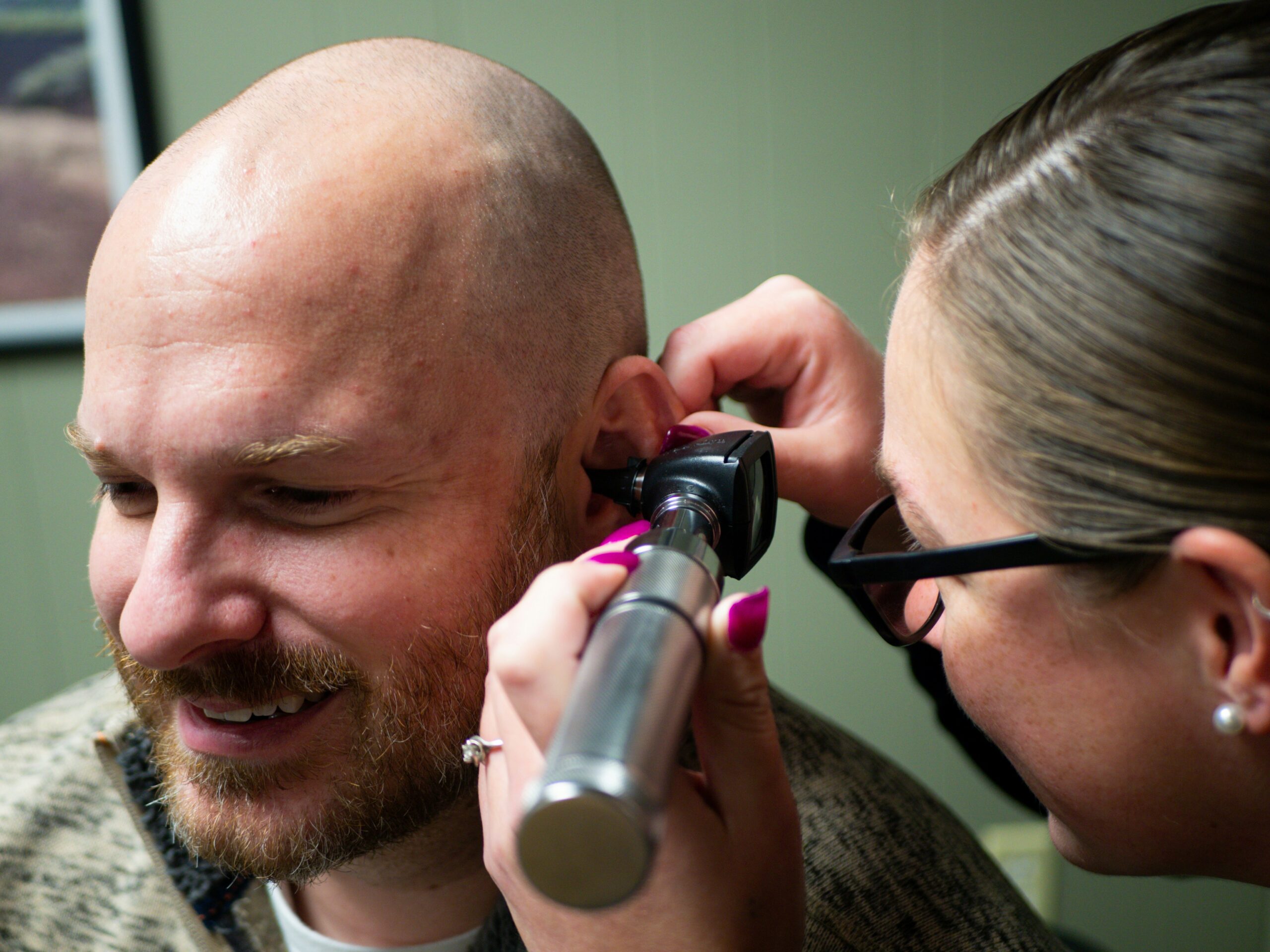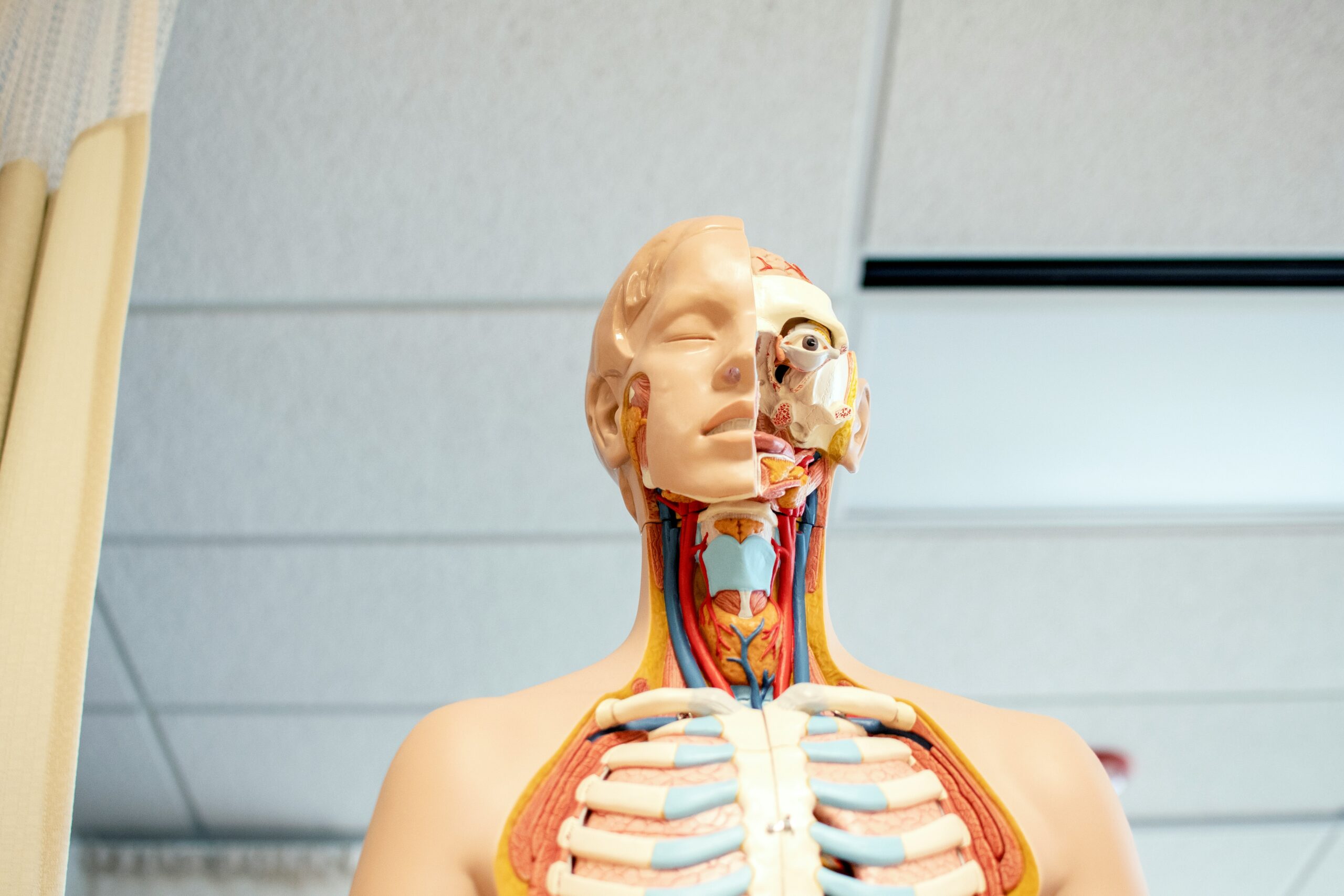An otolaryngologist, also considered an ENT pro, is critical in the complex medication world. This medical proficiency specializes in the conclusion and treatment of issues related to the ears, nose, head, and neck. Still, they are talented in numerous other areas.
Otolaryngologists are experts in treating a wide range of genuine and varied restorative conditions, from serious head and neck cancers to tireless ear diseases in children.
When working with otolaryngologists, a careful understanding of the life structures and the complex connections that exist between these basic tangible organs and the rest of the body is necessary. At that point, who particularly has to see an otolaryngologist? And how do they recognize and treat the wide range of sicknesses that drop inside their ward?
The restorative teaching of otolaryngology treats conditions relating to the tissues of the head, neck, ears, nose, and throat. Otolaryngologists' training combines restorative and surgical aptitudes, empowering them to treat a wide range of conditions, from mild to lethal.
The wide extent of otolaryngology and the mastery of its professionals in caring for complex issues related to a few of the foremost imperative real functions—hearing, adjusting, breathing, gulping, and indeed speaking—are what set them apart. Because of their uncommon mix of surgical and restorative skills, otolaryngologists are a few of the foremost versatile therapeutic experts.

See an otolaryngologist if you have issues with your ears, nose, throat, or head and neck. Conditions treated include voice issues, sinusitis, head and neck cancer, hearing misfortune, adjustment issues, and repetitive ear diseases. Whether the issue is straightforward, complex, intense, or chronic, an otolaryngologist is qualified to offer the best care.
Patients frequently turn to these pros when essential care medications are ineffectual, or the sickness is outside the domain of common pharmaceuticals. In addition, anybody experiencing symptoms like determined sore throats, trouble gulping, or unexplained knots within the neck has got to get in touch with an otolaryngologist right once.
Otolaryngologists utilize a few demonstrative disobedient techniques to pinpoint the root causes of infections influencing the ear, nose, throat, head, and neck. The complexities of these approaches contrast depending on the likely affliction and the patient's indications. Successful treatment starts with a redress determination, and otolaryngologists utilize conventional and cutting-edge technologies to ensure no data is lost.
A comprehensive therapeutic history and a careful physical examination are the primary steps in any demonstrative handle. To begin with, the otolaryngologist inquires about the patient's side effects, counting when they began, how long they lasted, and in case of any exasperating circumstances. They survey the patient's restorative history and bookkeeping for past medications, hypersensitivities, and incessant sicknesses.
Amid the intensive physical examination, the master looks for indications of contamination, aggravation, or structural anomalies within the ears, nose, and throat, utilizing devices like an otoscope or a headlamp. For occurrence, an otolaryngologist will closely look at the eardrum and canal for signs of harm or liquid buildup if a person has hearing loss. Moreover, the throat and nasal entries are closely inspected for polyps and signs of cancer.
When endoscopy is vital for a more comprehensive assessment, otolaryngologists do it. They can see inner tissues of the throat, nose, and ears regularly covered amid a standard physical examination much appreciated to this negligibly intrusive treatment. During an endoscopy, a lean, adaptable tube with a camera and light is embedded into the patient's mouth or nose.
A nasal endoscopy, for example, is fundamental in distinguishing between nasal polyps and incessant sinusitis since it offers a clear view of the sinuses, nasal sections, and, indeed, the back of the throat. Laryngoscopy is another sort of endoscopy that examines the vocal lines and larynx.
Audiometry![]() and other hearing examinations are fundamental for patients who have hearing loss, tinnitus, or adjustment issues. Audiometry decides the degree and sort of hearing loss, evaluating a patient's sensitivity to different frequencies and noise levels. In a noiseless environment, the patient tunes in for and recognizes different signals and tones.
and other hearing examinations are fundamental for patients who have hearing loss, tinnitus, or adjustment issues. Audiometry decides the degree and sort of hearing loss, evaluating a patient's sensitivity to different frequencies and noise levels. In a noiseless environment, the patient tunes in for and recognizes different signals and tones.
Another elective is discourse audiometry, which assesses a person's capacity to get discourse. These tests recognize between sensorineural hearing misfortune, which influences the inward ear or sound-related nerve, and conductive hearing misfortune, which is regularly caused by issues within the center ear or ear canal.
Tests, such as electronystagmography (ENG) or vestibular testing, may be required to determine the internal ear's role in adjusting support.
Imaging examinations are fundamental in getting a nitty-gritty picture of the tissues of the head and neck when a more comprehensive assessment is required. CT checks, MRIs, ultrasounds, and X-rays are examples of common imaging modalities. CT is especially valuable in determining sinus ailments since it offers exact pictures of the sinuses and encompassing bones.
Be that as it may, since magnetic imaging (MRI) makes it conceivable to examine soft tissues like the brain, muscles, and nerves, it could be a profitable demonstrative tool for determining whether cancer has spread or whether nerve damage has happened. Since ultrasound may be a non-invasive way to see these structures, it is habitually utilized to evaluate thyroid knobs and other neck tumors in real-time.

Otolaryngologists treat numerous disorders, from little diseases to illnesses that can alter a person's life. Their breadth of mastery ensures that each person receives individualized care catered to their special prerequisites. Here, we see several of the foremost common ailments that otolaryngologists treat, alongside their treatment rationalities.
Ear contaminations, especially in children, are among the foremost predominant issues otolaryngologists treat. Otitis media![]() , commonly known as center ear disease, happens when liquid builds up underneath the eardrum, causing torment, hearing misfortune, and, in uncommon cases, fever.
, commonly known as center ear disease, happens when liquid builds up underneath the eardrum, causing torment, hearing misfortune, and, in uncommon cases, fever.
Incessant or repeating ear contaminations can cause long-term hearing loss if not treated legitimately. Otolaryngologists may donate drugs to treat the disease, and in serious cases, they may suggest tympanostomy tubes (ear tubes) to deplete liquid and anticipate repeats.
Another genuine issue that can be caused by maturing, exposure to uproarious commotions, contaminations, and buildup of earwax is hearing loss. Depending on the beginning and seriousness of the hearing loss, a few medicines are utilized.
For case, conductive hearing misfortune caused by earwax or liquid buildup is commonly treated with ear drops, suction, or surgery. Be that as it may, sensorineural hearing loss—from harm to the sound-related nerve or internal ear—may require cochlear inserts or hearing help.
Sinusitis, or sinus irritation, may be a common affliction that can be amazingly obnoxious and hurt a person's general quality of life. Indications incorporate cerebral pains, confront torment, nasal clogs, and misfortune of scent. Bacterial contaminations, sensitivities, or auxiliary anomalies within the nose can cause persistent sinusitis. Still, intense sinusitis is ordinarily caused by viral contamination, which is absent from its claim.
Depending on the etiology, otolaryngologists treat sinusitis using drugs, counting decongestants, nasal corticosteroids, and anti-microbial. When medication does not progress Windstream, surgery may be fundamental to evacuate nasal polyps or purge the sinuses.
Nasal polyps are noncancerous developments that shape within the sinuses or nasal sections. As a result, they may limit wind stream and cause chronic sinusitis. Drugs such as corticosteroid nasal showers are regularly required to treat and fade the polyps. If the polyps are expansive and don't make strides with treatment, surgery may be required to remove them.
Functional endoscopic sinus surgery (FESS) could be a standard operation that evacuates polyps and clears clogged sinuses to restore normal sinus work and breathing.
Three diverse sorts of throat diseases include laryngitis, pharyngitis, and tonsillitis. Tonsillitis, the aggravation of the tonsils, regularly causes fever, sore throat, and trouble gulping. Bacterial contaminations like streptococcus can also be a cause, indeed, if viral contaminations are the most common cause.
A tonsillectomy, or the surgical evacuation of the tonsils, may be essential in cases of constant or repetitive tonsillitis. Comparable side effects can be found in pharyngitis, an aggravation of the pharynx that, if bacteria in the beginning, may get treated with anti-microbial.
An otolaryngologist can also offer assistance with vocal issues like roughness and misfortune. Maladies counting loss of motion, polyps, and vocal line knobs can all have a considerable effect on talking capacities. Laryngologists specialize in otolaryngology and treat these infections with different strategies, extending from voice treatment to surgery.
For illustration, voice rest and discourse treatment are commonly utilized to treat vocal rope knobs, which are regularly created by intemperate or unseemly vocal utilization. More genuine disarrangements, such as vocal rope loss of motion, may require surgical mediation to reestablish ordinary voice work.
Since internal ear issues may influence the body's capacity to preserve balance, they are frequently related to discombobulation and balance issues. Illnesses such as generous paroxysmal positional vertigo (BPPV), vestibular neuritis, and Meniere's disease can cause discombobulation, vertigo, and balance issues.
Otolaryngologists use an extent of symptomatic methods, such as electronystagmography (ENG) and vestibular testing, to evaluate internal ear work and distinguish the cause of indications. Treatment alternatives incorporate physical treatment, pharmaceuticals, and surgery to address the basic issue.

Being organized can help a patient's appointment with an otolaryngologist go more easily and ensure the finest determination and care. Getting relevant restorative records, comprehending the indications, and being mindful of what to expect during the visit are all part of the appointment handle, which begins before the appointment.
People should take the time to discuss their indications, counting length, recurrence, and anything that shows up to decline or move forward with their condition. It's a great idea to keep a side effect diary for a number of days or weeks, sometime recently before the discussion, counting subtle elements regarding the seriousness of side effects, any related exercises or dinners, and whether side effects happen at particular times of the day. This data can assist the otolaryngologist in determining the conceivable causes of the indications.
In expansion, patients had to provide a history of their earlier ENT-related ailments, surgeries, and medicines. A list of all the prescriptions the understanding is taking is additionally fundamental since these may combine with unused medications or give data about the patient's well-being. This list ought to incorporate over-the-counter drugs, vitamins, and homegrown cures. If you are okay with bringinging duplicates of any later lab test, imaging checks, or other symptomatic strategies the entity has had to the discussion, these may be accommodating.